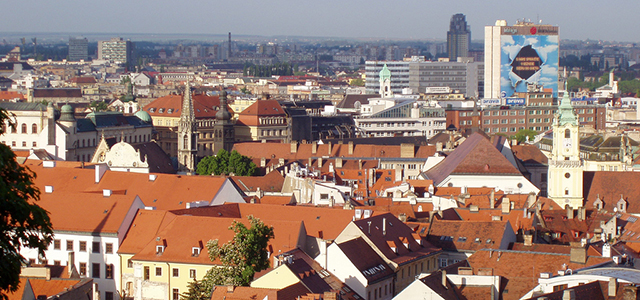The Slovak Drought Action Plan receives a lot of attention due to the fact that in the past Slovakia has not been focusing on drought issues in a systematic way. However, in the last few years, the country has made several steps towards a more proactive drought management. The Inter Press Service (IPS) News Agency called it “a landmark programme to combat drought” that “could be an inspiration for other states”.
The whole process of its development was inspired by results of the World Meteorological Organization (WMO) and the Global Water Partnership (GWP) joint Integrated Drought Management Programme (IDMP CEE). It has been implemented in ten countries of Central and Eastern Europe since 2013. A central goal of the IDMP CEE is to increase the resilience of the countries against drought and climate change adaptation.
Within the IDMP CEE, GWP Central and Eastern Europe organised two rounds of the National Consultation Dialogues in 20134 and 2015. The third dialogue was held in the frame of the DriDanube project in 2017.
The dialogues brought together stakeholders responsible for different areas policies and identified horizontal strategies connected to drought, such as agriculture, forestry, hydrology and energy, etc. They provided a platform for dialogue and played a catalytic role for the discussion on the steps and actions to establish a proactive drought management framework on national level.
The outline of the Slovak Drought Action Plan was presented at the DriDanube National Consultation Dialogue. The development was inspired by the seven steps of preparation of the drought management plan described in the Drought Management Guidelines (English and Slovak version) which were prepared within IDMP CEE according to WMO methodology.
After the adoption of the Drought Action Plan in Spring 2018, IDMP CEE will further support this process by increasing awareness about the drought issues and implement projects to support and test the different measures identified in the plan.
One of the examples is a FramWat project, that is co-funded by Interreg Central Europe and started in July 2017. The project is focused on small water retention and brings together 9 project partners from Austria, Croatia, Hungary, Poland, Slovakia and Slovenia.
Sharing the Slovak experiences within and outside of Central and Eastern Europe is equally important since the region is sensitive to variability and changing precipitation patterns. Future climate scenarios forecast increased frequency and severity of extreme weather events, which will result in the increase of droughts.
Article about the Slovak Drought Action Plan on Inter Press Service (IPS) News Agency’s website.
